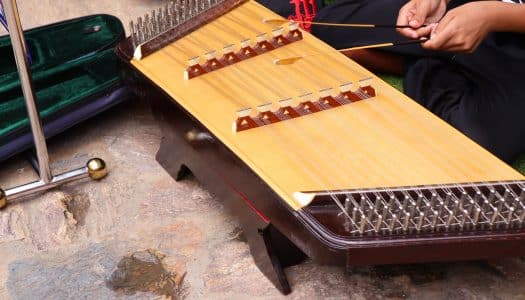 4 years ago
4 years ago
How to Protect your Hammered Dulcimer from Cracking in the Winter
Itt’s important to know how the weather can impact on your hammered dulcimer. The cold, on the whole, won’t cause so much damage to your dulcimer; however, the moisture and humidity in the air can absolutely cause damage!
Read More
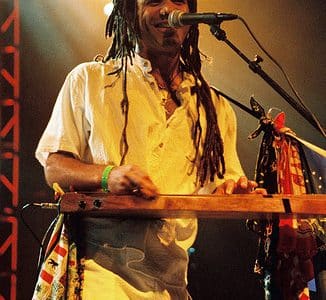 4 years ago
4 years ago
Famous Dulcimer Players
How many famous dulcimer players do you know? Some are professors, played with Bob Dylan, run active Youtube channels and more!
Read More
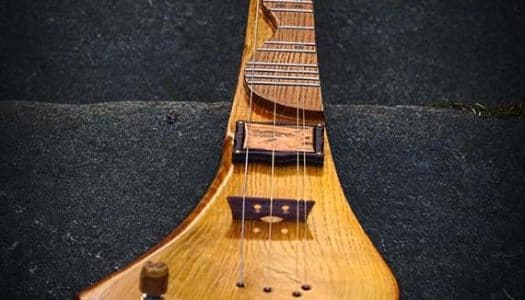 4 years ago
4 years ago
What is an Electric Dulcimer?
The vast majority of electric dulcimers are variants of the Appalachian dulcimer, which is the generic model mentioned when one talks of dulcimers. However, some electric versions of the hammered dulcimer are also available.
Read More
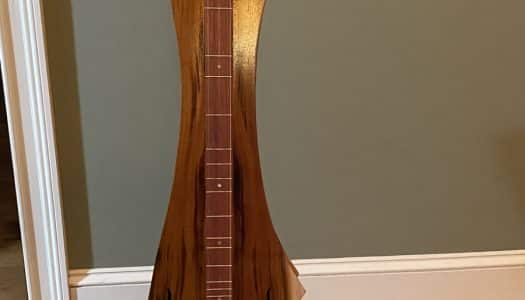 4 years ago
4 years ago
What is a Resonator Dulcimer?
The resonator dulcimer is a unique variant of the Appalachian dulcimer. The dulcimer is a string instrument that is a member of the Zither family and it is primarily recognizable by its large shape, simple design, and fretted strings.
Read More
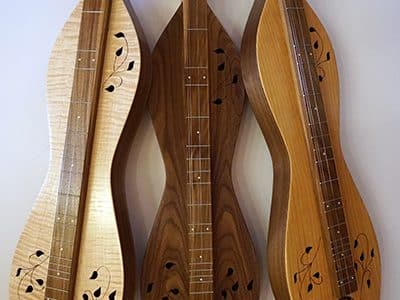 4 years ago
4 years ago
What is a Banjo Dulcimer?
The banjo dulcimer is a modified variant of the standard Appalachian dulcimer and has unique audio characteristics which help to give the instrument its unique acoustics.
Read More
 5 years ago
5 years ago
What is a Psaltery in the Bible?
A psaltery in the Bible is a stringed instrument translated from the Hebrew nebel or nabel. Occasionally, this has been translated as viol or lute.
Read More
![Best Stick Dulcimers [2025] Best Stick Dulcimers [2025]](https://dulcimer.net/wp-content/uploads/2019/12/stick-dulcimer-525x300.png) 5 years ago
5 years ago
Best Stick Dulcimers [2025]
A stick dulcimer is one of the easiest string instruments. With only three strings, it’s very simple, making it the ideal instrument for beginners.
Read More
 7 years ago
7 years ago
A Brief Look at the History of Hammered Dulcimers
The hammered dulcimer is referred to as ‘hammered’ in reference to the small mallets (referred to as hammers) that players use to strike the dulcimer strings.
Read More
 8 years ago
8 years ago
Dulcimer Origins – A Look at the Mountain Dulcimer
Appalachian dulcimers are instruments with a long and proud history. They’ve seen use all the way back to the early half of the 1800s.
Read More

